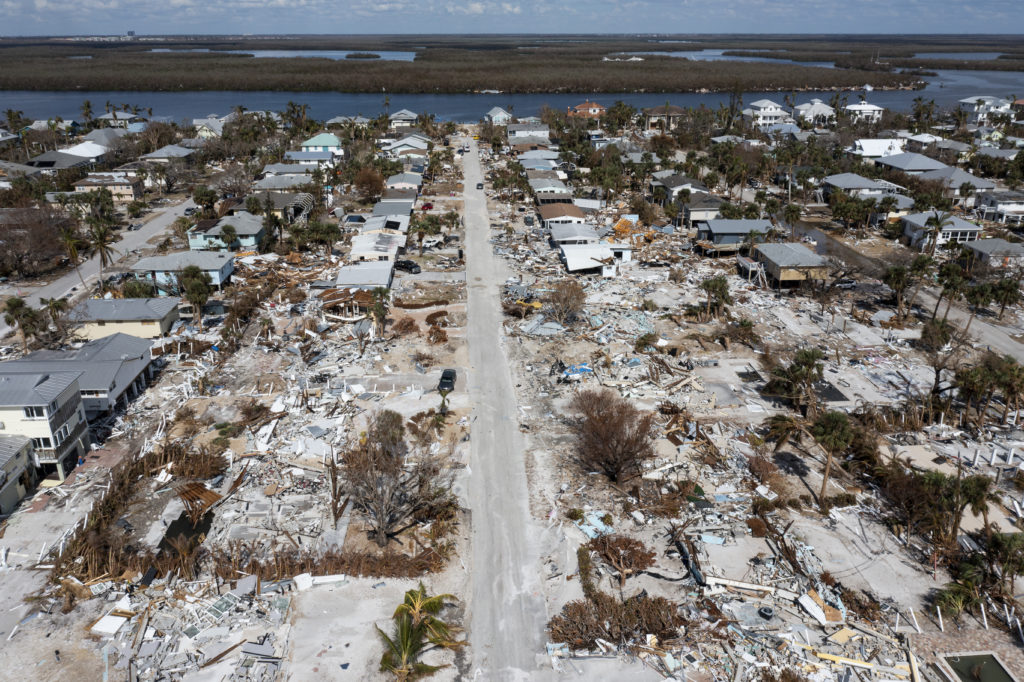
When people hear there is a need for blood following a disaster, they often think of disaster victims and the serious injuries they may have endured. Yet, many people don’t think of those who require blood transfusions in affected and/or unaffected areas. Which poses a great question that many people may wonder, how can disasters impact the blood supply?
Why Disasters Hurt Blood Donations
Disasters such as severe weather events and hurricanes often force the cancellation of Red Cross blood drives, which can impact the nation’s blood supply. Low donor turnout also occurs in these affected areas as communities recover from storm damage. Power outages, residual floodwaters and other infrastructure challenges can hinder the ability of community organizations to host blood drives and for individuals to make an appointment to donate blood.
Following Hurricane Ian’s devastating landfall in 2022, we urged eligible individuals in unaffected areas to give blood and help ensure patients in impacted areas continue to have access to lifesaving blood. Dangerous weather conditions and floodwaters canceled dozens of blood drives resulting in approximately one thousand blood and platelet donations going uncollected.
In addition, we sent several hundred blood products to Florida to ensure blood remains available for patients in areas impacted by the storm. While we don’t typically service hospitals in Florida, we supported our industry partners through the AABB Task Force for Disaster Response. Through our national inventory management system, we have the ability to move blood around the country to wherever and whenever it is needed most.
Despite severe weather, the need for blood is constant. Blood can take up to three days to be tested, processed, and made available for patients, so even a few days of disruption can affect patient care. Blood donations also cannot be stockpiled; red blood cells must be transfused within 42 days of donation and platelets within just five days.
Each blood donor and every blood drive matters for patients who are depending on these lifesaving donations.
How to Help Patients
Right now, the Red Cross is asking eligible individuals to make an appointment today by using the Red Cross Blood Donor App, visiting http://www.redcrossblood.org/ or calling 1-800-RED CROSS.

With the ability to move blood across the country, Red Cross blood donations will become part of our national blood inventory, helping to ensure we can help meet patient needs that arise wherever and whenever blood is needed most. Accident and burn victims, heart surgery and organ transplant patients, and those receiving treatment for leukemia, cancer or sickle cell disease all count on blood donations to battle illness and injury.
Who Can Donate Blood
Individuals who are 17 years of age in most states (16 with parental consent when allowed by state law), weigh at least 110 pounds and are in generally good health may be eligible to donate blood. High school students and other donors 18 years of age and younger also must meet certain height and weight requirements. A blood donor card or driver’s license or two other forms of identification are required at check-in.
If you’re a first-time donor or haven’t donated blood in a while, here is additional information on what you can expect at a blood donation appointment.
